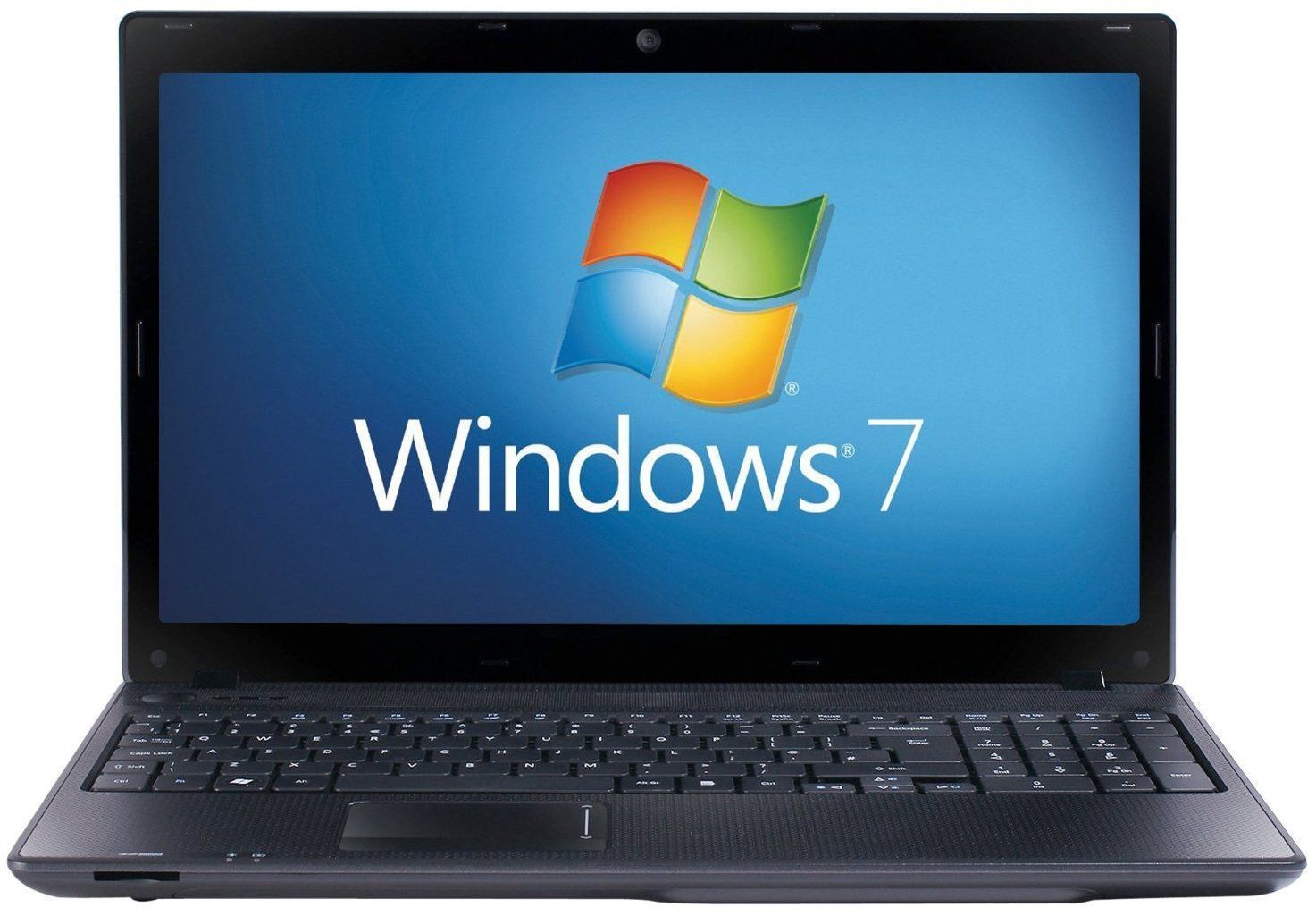
4 Important Lessons from the Windows 7 End of Life
On January 14, 2020, Microsoft will end its extended support for Windows 7 – and the Windows 7 lifecycle will officially come to an end. Microsoft has already discontinued its mainstream support of the beloved operating system, ceasing active updates and new service packs. But the end of extended support means there will also be no further bug or security updates available: Any newly discovered vulnerabilities will stay vulnerable.
Windows 7 has been a popular iteration of the Microsoft operating system, and there’s a reason why it has remained so important and so pervasive over the years. Here are a few things we can learn from the Windows 7 end of life.
1. People Are Attached to Windows 7
The Windows 7 lifecycle has had a slightly longer tail than expected. In terms of market share, Microsoft is behind the curve for adoption of Windows 7 vs. that of Windows 10. When the switch was between Windows XP and Windows 7, the newer OS surpassed its predecessor (not counting Vista) two years before the end of support for XP. Windows 7 has lasted somewhat longer, only being surpassed by Windows 10 around the end of 2018.
Market share data shows that consumers embraced Windows 7 and many have since refused to give it up. It’s an example of making a product too good: Consumers hesitate to upgrade their operating system when their current system already does everything that they want it to do. Further, initial issues with Windows 10 (and its dramatically different way of displaying information) were initially off-putting to many who were used to the older system.
To that end, Microsoft has had to show why Windows 10 is advantageous, often in terms of cost, collaboration, and communication. For businesses in particular, Windows 10 has a number of features that can be used to augment modern organizational infrastructure.
2. Microsoft is Embracing Security as an Incentive
If Windows 7 already does everything a consumer wants it to, why should they switch? Security. In order to remain secure, operating systems need to be continually updated. It’s prohibitively costly for Microsoft to continue supporting security updates for every system it’s ever released; moreover, the older technology is also inherently more difficult to secure.
Microsoft has been encouraging consumers to switch to Windows 10 primarily due to security, but the issue is that many consumers and businesses often don’t see problems with security until it’s already too late. Consumers may not know how significant their security risks really are, and they may not be inclined to switch to a new solution until these problems seem real to them. Much of Microsoft’s messaging around convincing Windows 7 users to change relies on cybersecurity, rather than productivity.
3. The End of Life for Windows 7 is Similar to Windows XP
Windows XP and Windows 7 were both beloved operating systems; as discussed earlier, many people chose to linger on the platforms they knew rather than take advantage of newer technology. When an operating system “works” for customers, they’re very hesitant to switch from them. Businesses are even more hesitant; companies know that a new operating system that doesn’t work for them could cause substantial disruption. If it doesn’t need work, why fix it?
Windows 10 may break this cycle, however, as Windows 10 is the first Windows as a Service solution. It may just offer updates through the cloud, and there may not even be a complete upgrade to a new version – incremental updates are more in line with the cloud philosophy.
4. There’s No Delaying the Inevitable: What If You Really Don’t Want to Switch?
Not every business may be equipped to switch from Windows 7 right now. If you really don’t want to switch from Windows 7, you have another few years left of service, until January 2023, through Microsoft’s paid security updates. However, that means that you’re going to be pushing your upgrades until January 2023, after which you may need to spend even more money and time upgrading your system.
It’s best to commit to an upgrade now. Switching away from Windows 7 has some very real security advantages, in addition to avoiding the costly support that will be needed after 2020.
What’s Next for Windows 7?
It’s easy to see why many people have resisted upgrading to Windows 10. Windows 7 has been a standard so long that both customers and businesses have become accustomed to it, and because there’s are few general tasks the older operating system can’t do, users haven’t seen a reason to change.
Yet Windows 10 is significantly more advanced than Windows 7 in virtually every way, most notably in security. If you want to protect your company from the productivity losses associated with aging technology, as well as cybersecurity threats, a switch to Windows 10 is in order. And it’s best not to wait until Windows 7 is officially discontinued by Microsoft.
The Windows 7 end of life is an excellent opportunity for your business to upgrade its IT software and hardware alike. Contact Red River today.

written by
Corrin Jones
Corrin Jones is the Director of Digital Demand Generation. With over ten years of experience, she specializes in creating content and executing campaigns to drive growth and revenue. Connect with Corrin on LinkedIn.




